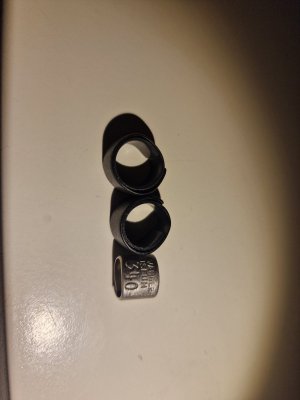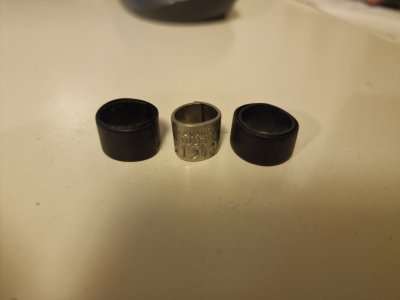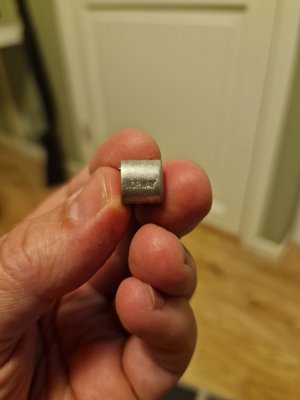Telemark
5 year old buck +
I might just be the world's luckiest waterfowl hunter. My second Canada goose ever had a band, and now my second Norwegian mallard has bands.
The metal band says Stavanger Museum, so I assume it was a project based at their facility. I will figure out how to report the number somehow, and I will ask for a certificate, or at least an email with the info for my records.
The duck also had two unmarked plastic bands. Does anyone know what that might be for? Is it just for easy identification from a distance?
Photo is in the comments.
The metal band says Stavanger Museum, so I assume it was a project based at their facility. I will figure out how to report the number somehow, and I will ask for a certificate, or at least an email with the info for my records.
The duck also had two unmarked plastic bands. Does anyone know what that might be for? Is it just for easy identification from a distance?
Photo is in the comments.



